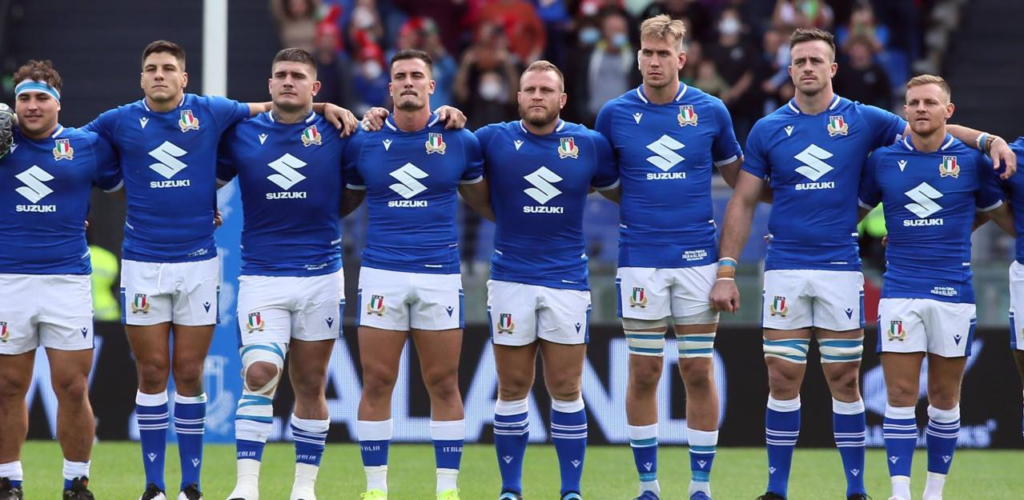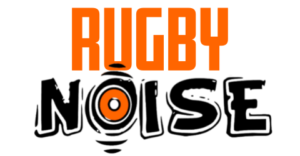Rugby in general is not an easy game to play. It requires a lot of physical and mental attributes But there are some positions easier than others. So what is the most difficult position to play?
What is the hardest rugby position to play? There are a lot of different opinions on the most difficult position to play with no clear answer. Most people say that either Hooker, Fly-Half or Prop. Each position in Rugby requires a different athletic type and skill set.

It is difficult to say exactly the hardest position to play in rugby. All of the positions have different jobs and require different skill sets. There are reasons why every position on the pitch could be the most difficult. Hooker, Fly Half and Prop seem to be the three that most consider the difficult ones on the pitch. Openside Flanker and Fullback are another two positions looked at as some of the most difficult on the pitch.
Is Hooker the hardest rugby position to play?
Hooker is certainly one of the most difficult positions to play on the pitch. Scrums are a huge part of rugby and the Hooker is in the middle of the front row. It means they need a huge amount of power, as well as needing to be focused on hooking the ball back when it is placed into the scrum.
Trying to focus on carefully hooking the ball back when you’ve got eight massive players pushing against you is very difficult. The size of the hookers also means they are usually one of the most common ball carriers. Guys like Cody Taylor and Luke Cowan-Dickie are examples of hookers who are often one of the most used carriers in attack due to their speed and power.
As well as being crucial in the scrum, they also have a huge responsibility in the lineout. The hooker is the player who throws the ball for the lineout. This requires a skill that is not needed if you’re a prop. So a hooker still needs to be as tough and physical as the props but has skilful roles that make the position very difficult to play.
If a team has a lineout and scrum that are not working, it makes it impossible to win. If the lineout throw is not straight then it is a turnover. It is also a turnover when the ball cannot be retrieved from the scrum. So hooker is a very important position and one of the most difficult positions to play.
I think that the mix of skill and size means it is the most difficult position to play in rugby. Having a good hooker is crucial to a good team and it is what makes guys like Malcolm Marx, Luke Cowan-Dickie and Julien Marchand so important to their teams.
Is Fly-Half the hardest rugby position to play?
Fly-half is one of those positions where you don’t realise how difficult it is to play because the guys at the very top make it look easy. But being the Fly-half usually means you are the coordinator of your team’s attack. You have to make incredibly quick decisions to put your players in the right position.
It requires a lot of communication as you are often the leader of the backs if you are the fly-half. The fly-half is the key to unlocking the backs and it is why some of the best players in the world are fly-halfs. Guys like Marcus Smith, Richie Mo’unga and Handre Pollard are crucial to the attack of their international and domestic teams.
Not only are they the leaders in attack, but the fly-half is often the goal ad placekicker of their team. It is a huge responsibility and there have been countless games decided by good or bad kicks. It is a massive responsibility and we have even seen a World Cup final decided by good kicking.
I would say it is probably not the hardest position to play. For one thing, fly-half is one of the least physical positions in rugby. Due to the importance of the player, they are often supported by the centres in defence. You also don’t need to be physical in attack, with the fly-half often being the one to assist the heavy runners.
There are also some fly-halfs that are not the kickers for their teams. Guys like Thomas Ramos, Cheslin Kolbe and Leigh Halfpenny are all goal-kickers despite not being fly-halfs. Meaning that their number 10s don’t have that pressure of kicking.
Is Prop the hardest rugby position to play?
Prop is a very difficult position in rugby. It is definitely the most physically difficult position to play. You have to know how to use your size effectively. Pretty much every prop is a unit, but the very best know how to successfully use their strength.
There is a lot more technique to scrums than you might think. Props need to be creating a dominant image to the referee so that they can win the penalty. The best props are not always the biggest, but the most skilful. They are crucial to creating a dominant scrum which is an easy way for either side to win penalties throughout the game.
The size of the props means they are also ball carriers for their side. Guys like Ellis Genge and Taniela Tupou are some of the most important ball carriers in their side. When they get moving it is very difficult to stop a prop at full speed. It means that props have a lot of work to do in a very tiring position.
The difficulty of the position is shown by the fact that the entire front row rarely ever plays the full 80 minutes. However, I think playing prop is slightly easier than being a hooker. Prop is less technical than a hooker, without the responsibility of a lineout. Hookers have to be just as physical as props but have technical jobs in the lineout and the scrum.
Props do still need to have some mental skills but I don’t think the position is quite as difficult as playing Hooker.
